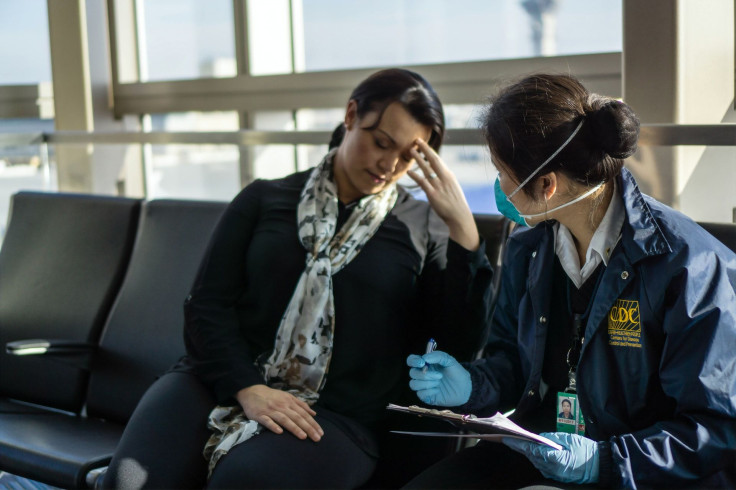COVID-19 Patients Likely To Transmit Virus Days Before Symptoms Appear, Study Says
KEY POINTS
- Study: COVID-19 patients infectious 2-3 days before symptoms appear
- 44% of cases caused by pre-symptomatic transmission
- Research emphasizes observing proper hygiene and social distancing at all times
- Study: infectivity and symptom ID may depend on patient's memory of last exposure
- Patient's recall bias does not significantly affect estimated results
A recent study found out that coronavirus patients showing no signs or symptoms of infection caused 44% of transmitted COVID-19 cases.
In a research published it Nature Medicine, coronavirus patients admitted to China’s Guangzhou Eighth People’s Hospital were most probably contagious for days before the signs and symptoms manifest.
To test this, the researchers obtained throat swabs 32 days after the onset of symptoms from patients admitted from January 21 through February 14, and in reference to other studies on the spread of the virus, the researchers inferred that it is likely that the patients were already contagious two to three days before the symptoms showed.
“We observed the highest viral load in throat swabs at the time of symptom onset, and inferred that infectiousness peaked on or before symptom onset,” researchers wrote. “This indicates that a significant portion of transmission may have occurred before infected persons have developed symptoms.”
The researchers used modeling systems to estimate viral transmission and found that 44% of the coronavirus cases were transmitted during the pre-symptomatic stage, the New York Post reported.
“With a substantial proportion of pre-symptomatic transmission, measures such as enhanced personal hygiene and social distancing for all would likely be the key instruments for community disease control,” the authors concluded.
#COVID19 - "Significant presymptomatic transmission would probably reduce the effectiveness of control measures initiated by symptom onset, such as isolation, contact tracing & enhanced hygiene or use of face masks for symptomatic persons."#Testing #coronavirus #Prevention https://t.co/7dlyy0B10C
— Dr Nicoletta P. Lekka (@nicoletta_lekka) April 16, 2020
Previous studies coincided with the current research that the COVID-19 that its infectivity is increased within seven to 10 days after symptoms manifest and would gradually decline as the days pass.
However, the study emphasized that one of their limitations included a bias on the patient’s part, which depends on when they recalled their last exposure to a potential carrier which could cause to a delay of recognizing the first symptoms.
But the research continued that as long as the difference of the biases between the infector and the patient is not systematic, the estimates would not be significantly affected.
As of April 15, the reported symptoms of a coronavirus infection are fever, persistent cough, fatigue, diarrhoea, abdominal pain and loss of appetite.
Previous research also named a loss of sense and smell as one of the signs of being a virus carrier and some healthcare providers reported reddening around the eyes which they described as ”allergy-like” could be a symptom to watch out for when it comes to physically identifying a COVID-19 patient.

© Copyright IBTimes 2024. All rights reserved.
Join the Discussion





















